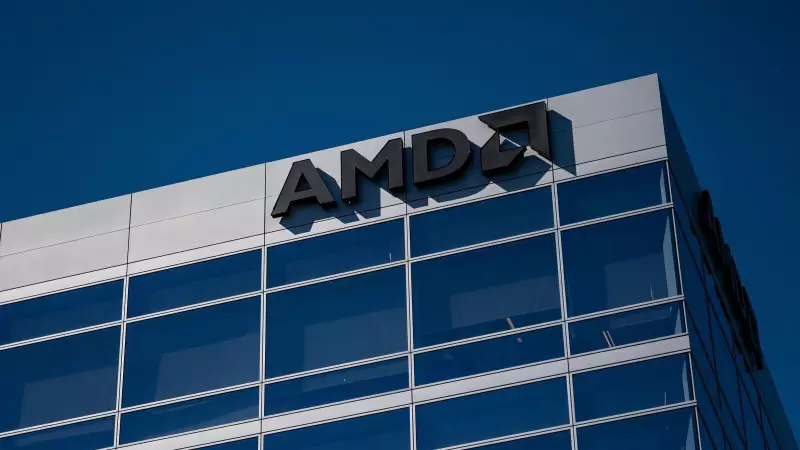
In a remarkable development that sent shockwaves through the technology sector, shares of Advanced Micro Devices (AMD) experienced a spectacular surge of over 7% on Wall Street. The dramatic uptick came as industry behemoth IBM revealed it has successfully implemented AMD's cutting-edge processors to power its revolutionary quantum error correction algorithms.
Quantum Leap in Computing Technology
The collaboration represents a watershed moment in quantum computing development. IBM's utilization of AMD chips for error correction algorithms addresses one of the most significant challenges in quantum computing – maintaining quantum coherence and reducing computational errors that have historically plagued quantum systems.
Market Reaction and Investor Sentiment
Wall Street responded with overwhelming enthusiasm to the announcement, propelling AMD shares to their highest levels in recent trading sessions. The 7% surge underscores investor confidence in AMD's strategic positioning within the rapidly evolving quantum computing landscape and its growing influence in high-performance computing applications.
Technical Breakthrough Details
IBM's implementation leverages AMD's advanced semiconductor technology to run sophisticated error correction codes that are essential for practical quantum computing. This breakthrough demonstrates:
- Enhanced computational stability in quantum systems
- Improved accuracy in quantum calculations
- Scalable solutions for future quantum applications
- Reduced error rates in complex quantum operations
Industry Implications and Future Prospects
This development positions AMD as a critical player in the quantum computing ecosystem, traditionally dominated by specialized quantum hardware manufacturers. The successful integration of AMD chips in IBM's quantum infrastructure signals a potential paradigm shift in how quantum systems might be developed and scaled in the future.
Market analysts suggest this partnership could open new revenue streams for AMD beyond traditional computing markets, potentially establishing the company as a key enabler of next-generation computing technologies.
The collaboration between these two technology powerhouses highlights the increasing convergence of classical and quantum computing technologies, suggesting a future where hybrid systems leveraging the strengths of both approaches become the norm in solving complex computational challenges.





